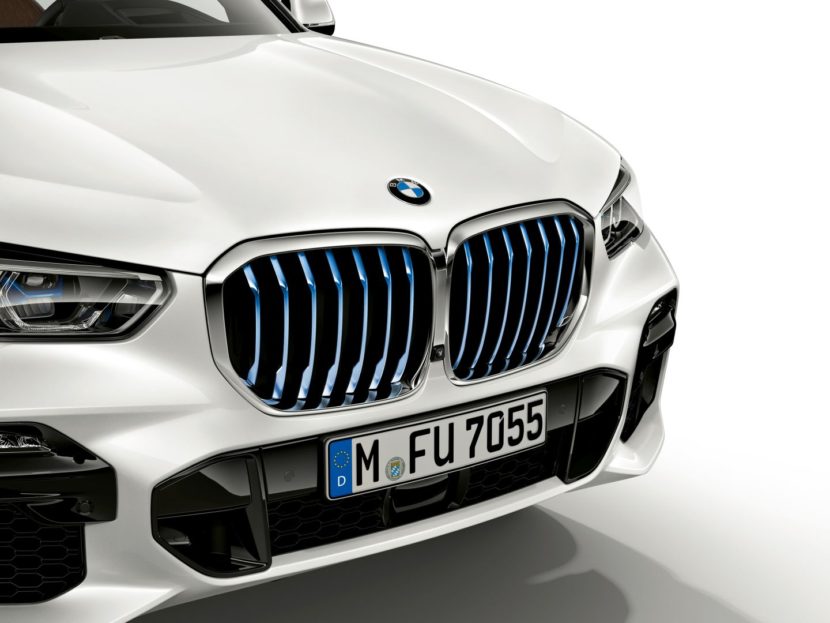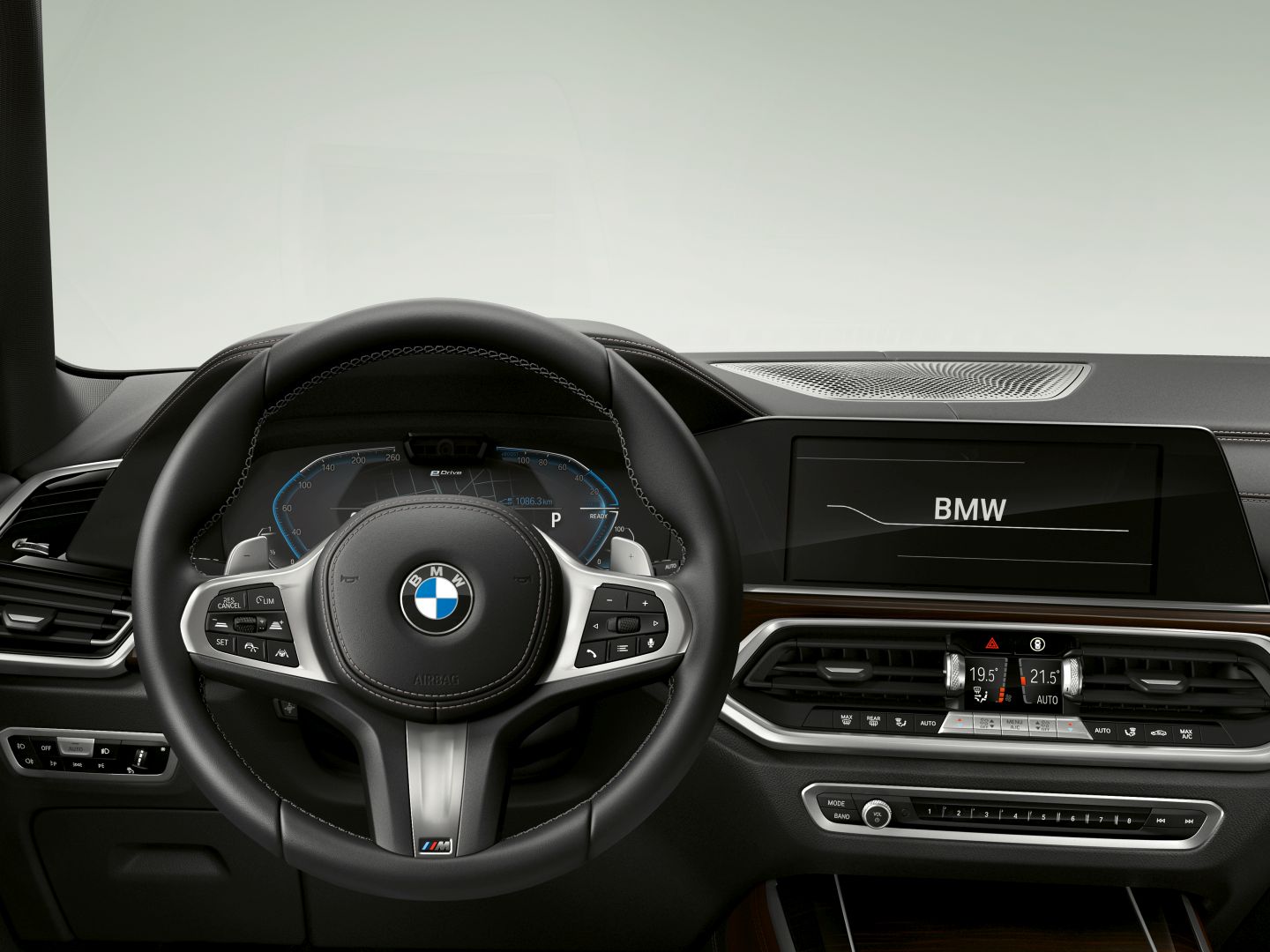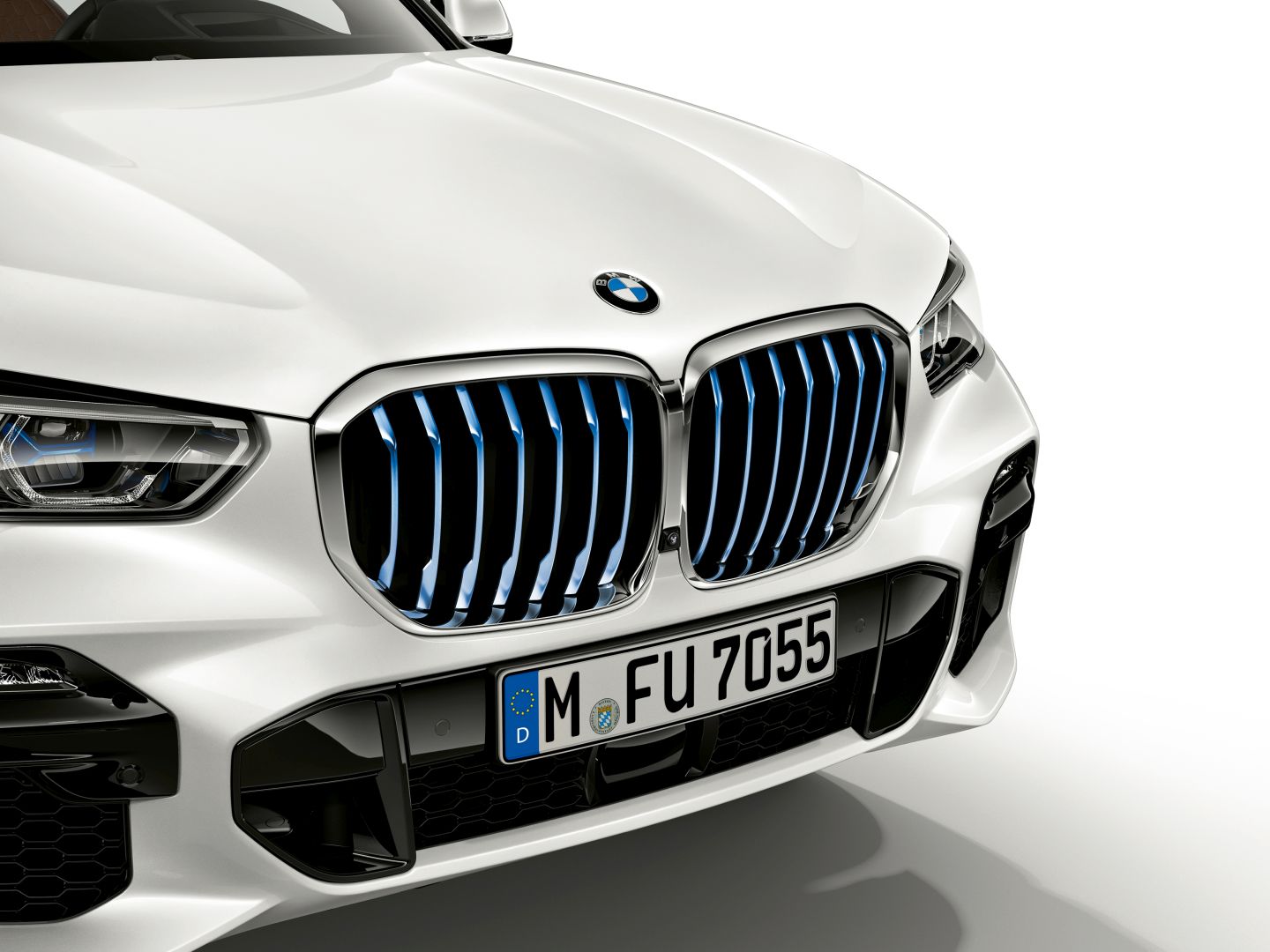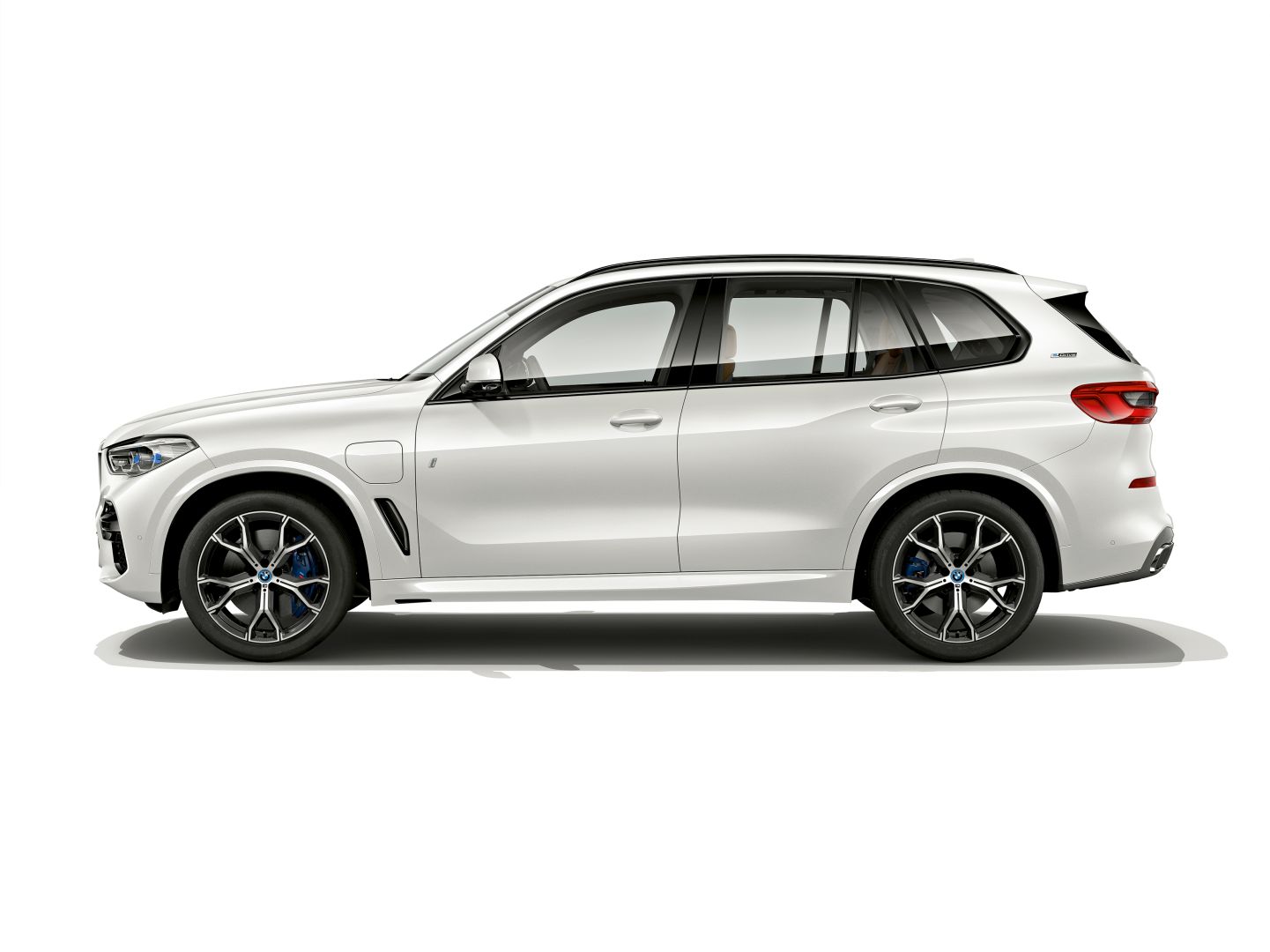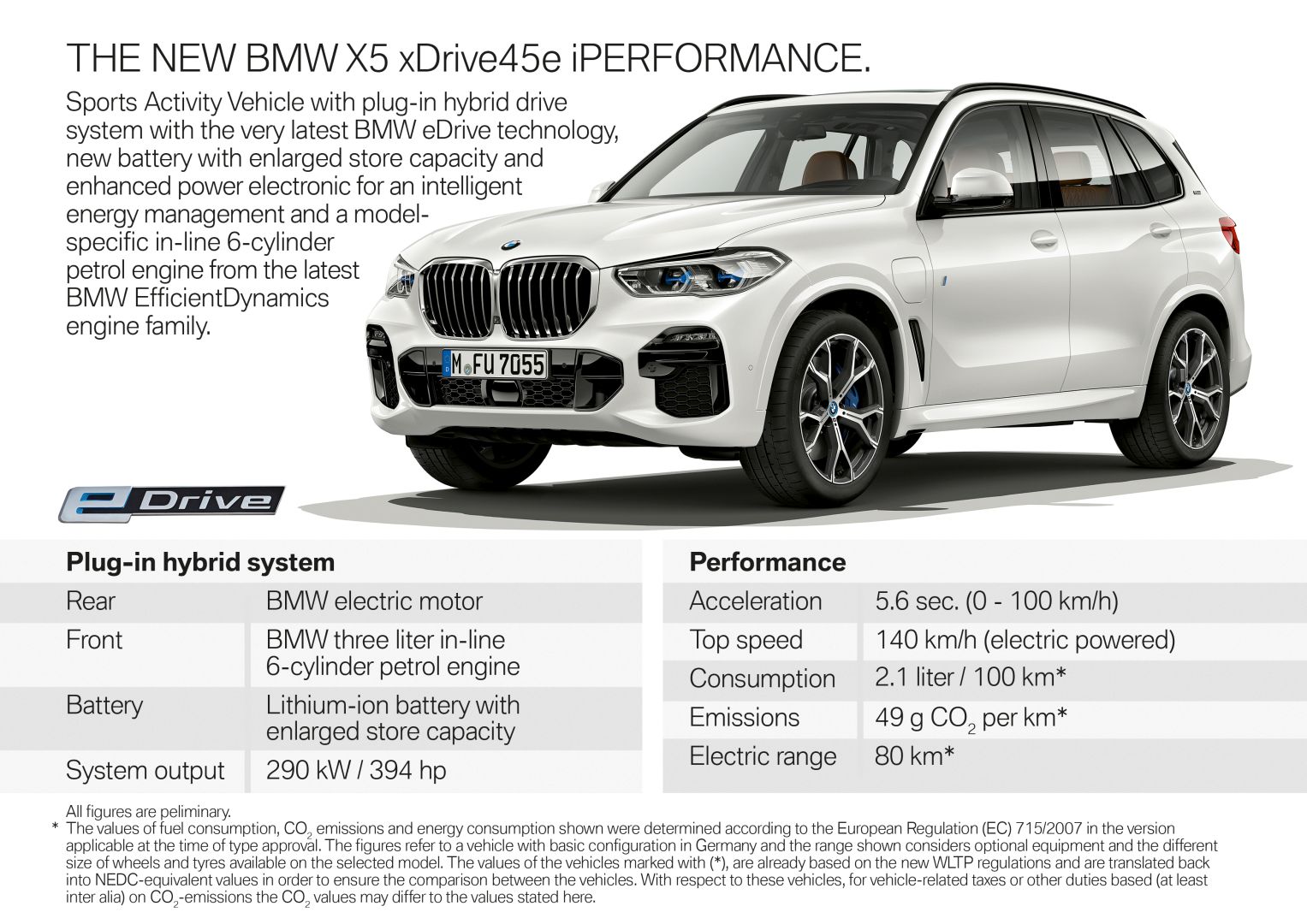Not long after the world debut of the brand new X5, BMW decided to unveil probably the most polarizing model in the range, the brand new BMW X5 xDrive45e iPerformance. The new SUV is the second plug-in hybrid ever offered in the X5 range and it is a daring successor to the xDrive40e model that showed the world full-size SUVs can also be eco-friendly. The 2019 BMW X5 xDrive45e takes the performance figures of the original and turns them up all the way up to 11.
The original X5 xDrive40e was an important car for the Bavarians. It was the first plug-in hybrid SUV they ever offered and it was the first car to be sold under the iPerformance badge, the division which handles electric and PHEV cars. With the new X5 xDrive45e, performance is going up, as the name suggests and there’s a big change happening under the hood. We reported a while back that the new plug-in hybrid model will have around 390 HP but what we didn’t know was that the 2.0 liter four-cylinder engine will be replaced by a 3.0 liter six-cylinder.
That’s a bold move from BMW, especially since the world seems to be more concerned with downsizing and reducing their CO2 footprint. The new X5 xDrive45e somewhat goes against the stream by using the aforementioned 3.0 liter six-cylinder petrol engine instead of the old four-pot but while reducing the CO2 emissions at the same time. The internal combustion engine makes 286 PS and it is part of their EfficientDynamics offering. That the overall power the car can deliver rises up to a maximum of 394 PS (388 HP) and 600 Nm (442 lb-ft) of torque thanks to an electric motor still located between the thermal unit and the gearbox, good for 112 PS.
Those figures allow the X5 xDrive45e to reach 100 km/h (62 mph) from standstill in just 5.6 seconds, a full second faster than the car’s predecessor. Furthermore, driving on electric power alone has also been fine-tuned, with the car now being able to reach a top speed of 140 km/h (87 mph) in EV mode and a range of 80 km (50 miles), a considerable improvement from the old car which was rated at some 30 kilometers (20 miles). It’s important to note that the new results are achieved using the new WLTP testing procedure which means they are a lot closer to reality than before.
The battery is still positioned in the underbody area of the vehicle, right between the rear seats and the trunk. That means some of the luggage space had to be sacrificed compared to the regular model, the hybrid offering 150 liters less. Even so, the total luggage space in the boot is rated at 500 liters with the seats up and 1,716 with them rear seats folded. The fuel tank has been increased on the other hand, to some 69 liters.
The powertrain from the X5 xDrive45e model is using the fourth-gen batteries now available for all BMW cars. The higher energy density allows them to bestow the cars with longer range without having to larger-sized batteries. This will most likely be the same powertrain to be used on the upcoming BMW 745e which is set to arrive in March next year along with the facelift of the 7 Series.
That’s also when the deliveries of the X5 xDrive45e will kick off in Europe. The US market will get the new hybrid SUV in 2020 as a 2021 Model Year.



